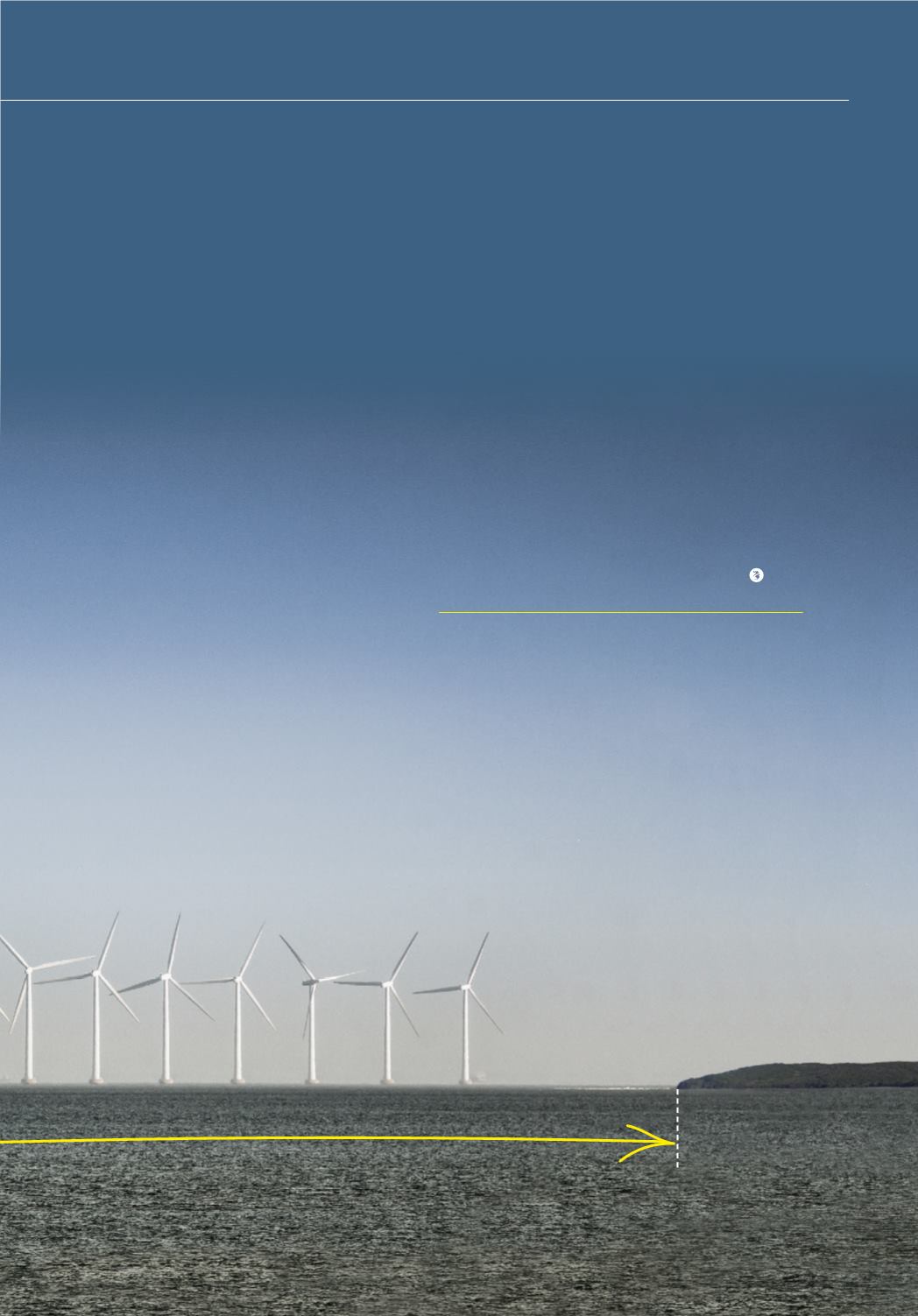

DELTARES, SEPTEMBER 2015
19
2.7 KM NOW, 5.5 KM IN THE FUTURE?
data and allowed researchers from Deltares to conduct
measurements during their projects. And they weren’t
afraid of experimenting.’
What do we still need to know?
‘In recent decades, we’ve learnt a lot about horizontal
directional drilling. We know how the drill behaves and
what pressure is needed to move forward below the
surface. But now that we want to drill larger distances,
we also need to understand the processes at the
micro-scale better. For example, we don’t know how
far the drilling fluid penetrates into the surrounding
soil or what effect that has on soil strength. And we
don’t understand entirely how the particles stay in
the drilling fluid when the fluid is on the move. Every
drilling fluid has a specific resistance that has to be
overcome before the fluid starts to move. Once we
understand better how these things work, we may be
able to drill larger distances at lower pressures.’
What is Deltares contributing to the research?
‘Deltares has developed equipment for simulating
flows of drilling fluid and the continuous monitoring
of where the soil particles are located. That makes it
possible to look for a drilling fluid that starts to move
at low pressures and also transports the soil particles,
allowing us to drill larger distances without the
borehole collapsing, being forced outwards too much,
or getting clogged with sediment.’
And how does that help?
‘Horizontal directional drilling makes it possible to
install cables and pipelines closer to existing structures.
Recently, Deltares was involved in the construction of a
heat distribution grid for district heating in Rotterdam.
The pipes were located close to a historical building
and the foundations of a large building belonging to
the Port Authority. Installation would have been totally
impossible without this technology. Some amazing
things happen below the surface during drilling.’
And what does the future have in store?
‘The longest drilling distance achieved in loose
sediment is 2.7 kilometres. If we can learn more
about borehole stability and drilling fluids, we may
be able to manage up to 5.5 kilometres. That’s twice
the distance! Studies are being conducted now to
strengthen the wall of the borehole during drilling. If
they are successful, borehole stability will no longer
be a problem and it will be possible to drill longer
distances. We may all have to work for a few decades
before we can use the technology in this way.’
WHO DOESWHAT?
Deltares and our predecessors have been working
with Cebo for twenty years now. Cebo organises
courses and training for mud engineers. The
company has experienced employees who can
solve problems on location and it develops new
ways of making advances in horizontal directional
drilling. For example, drilling longer distances by
improving the drilling fluids. Deltares is responsible
for things like the calculations. We help to make
risk estimates and we study the interaction
between the drilling fluid and the ground so that
Cebo can, in turn, make changes to the drilling
fluid by using innovative products.



















